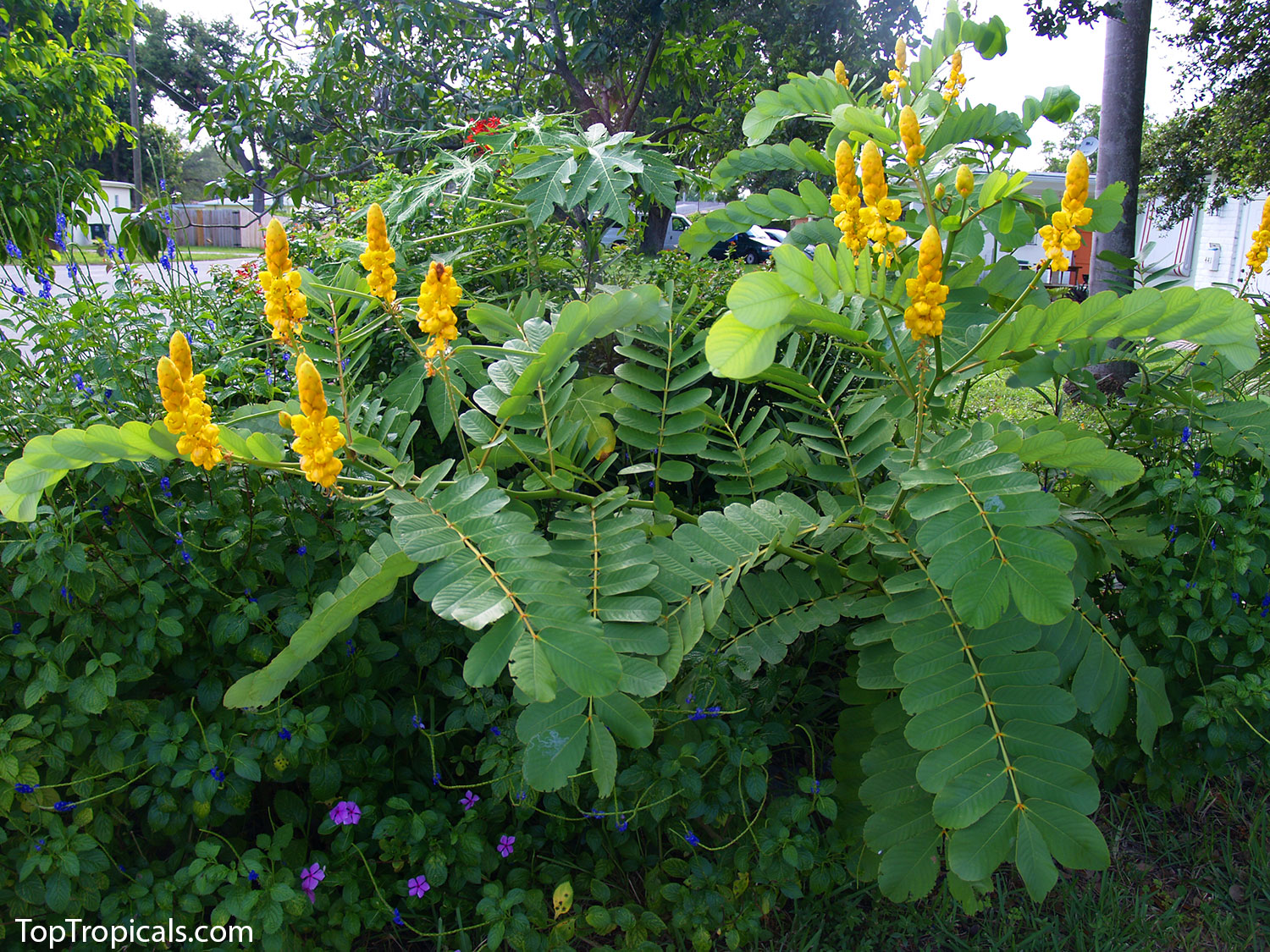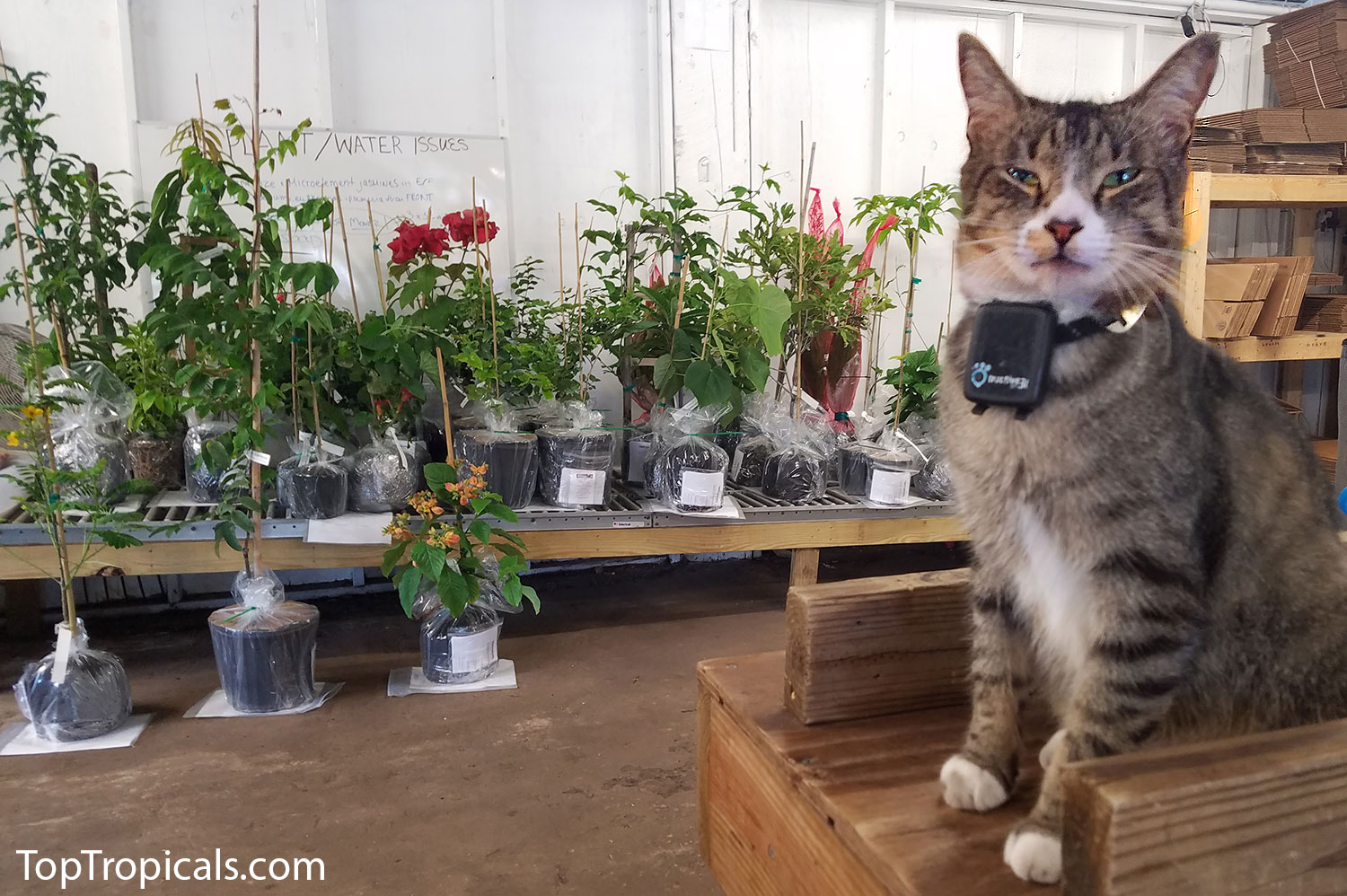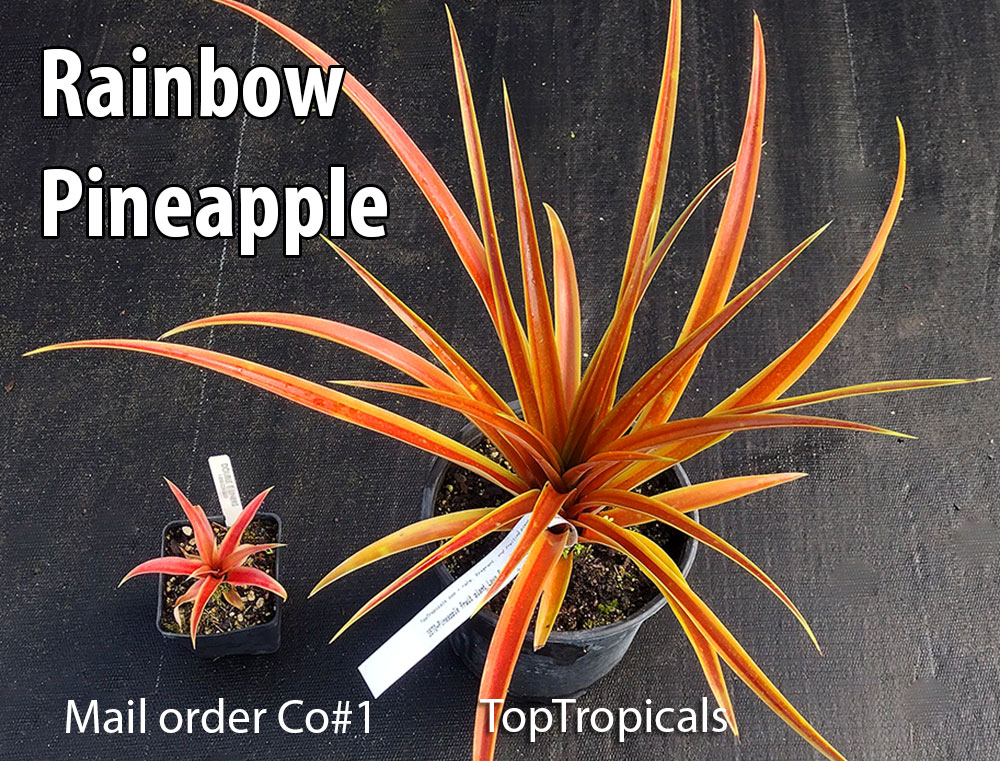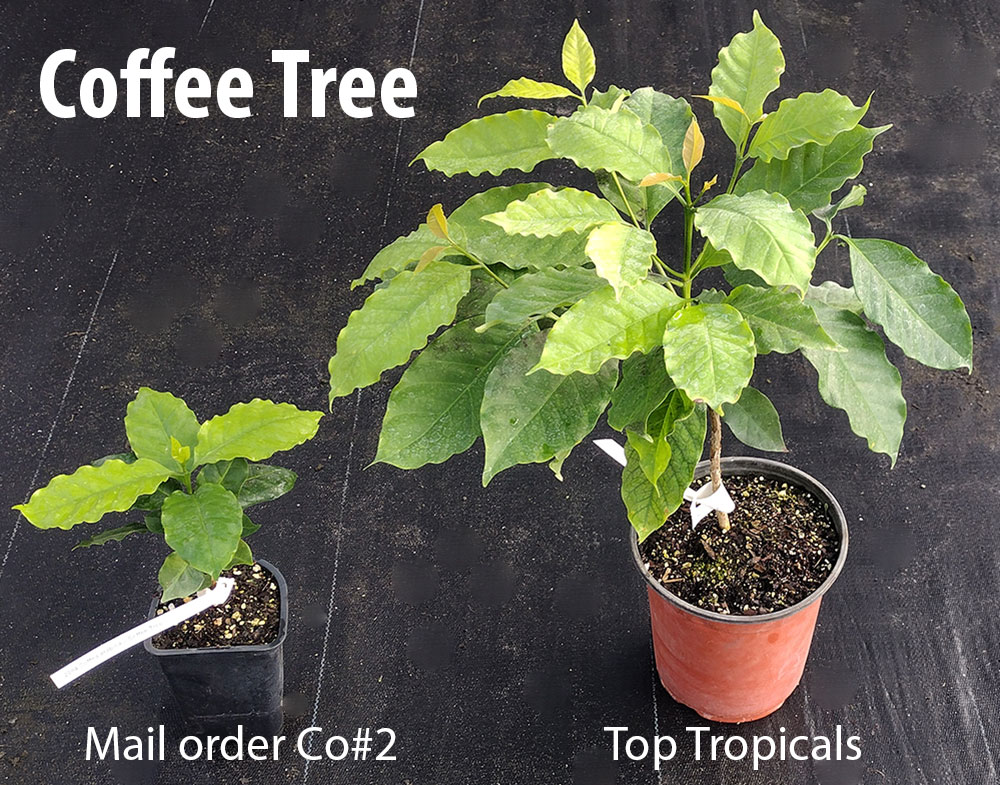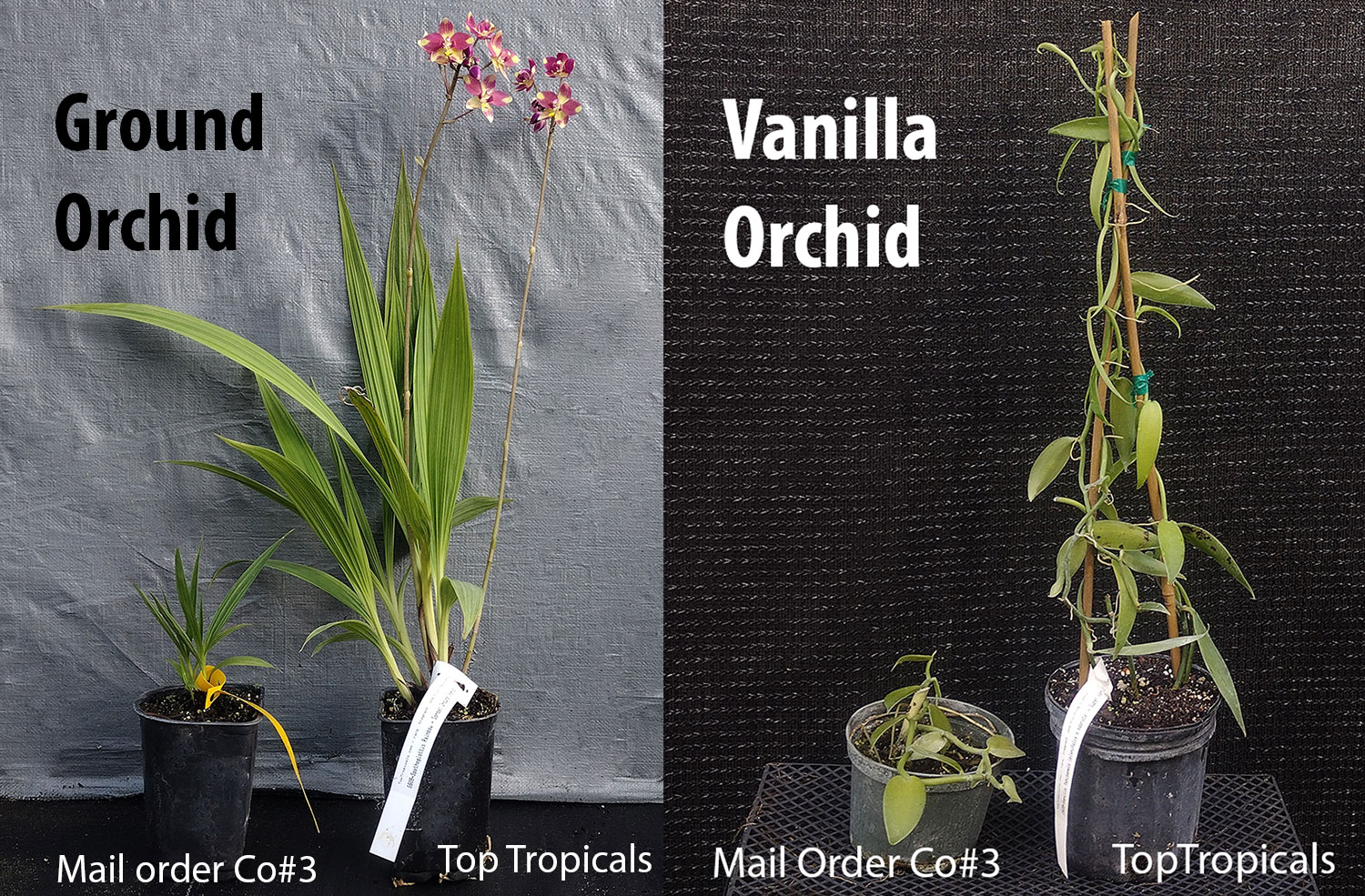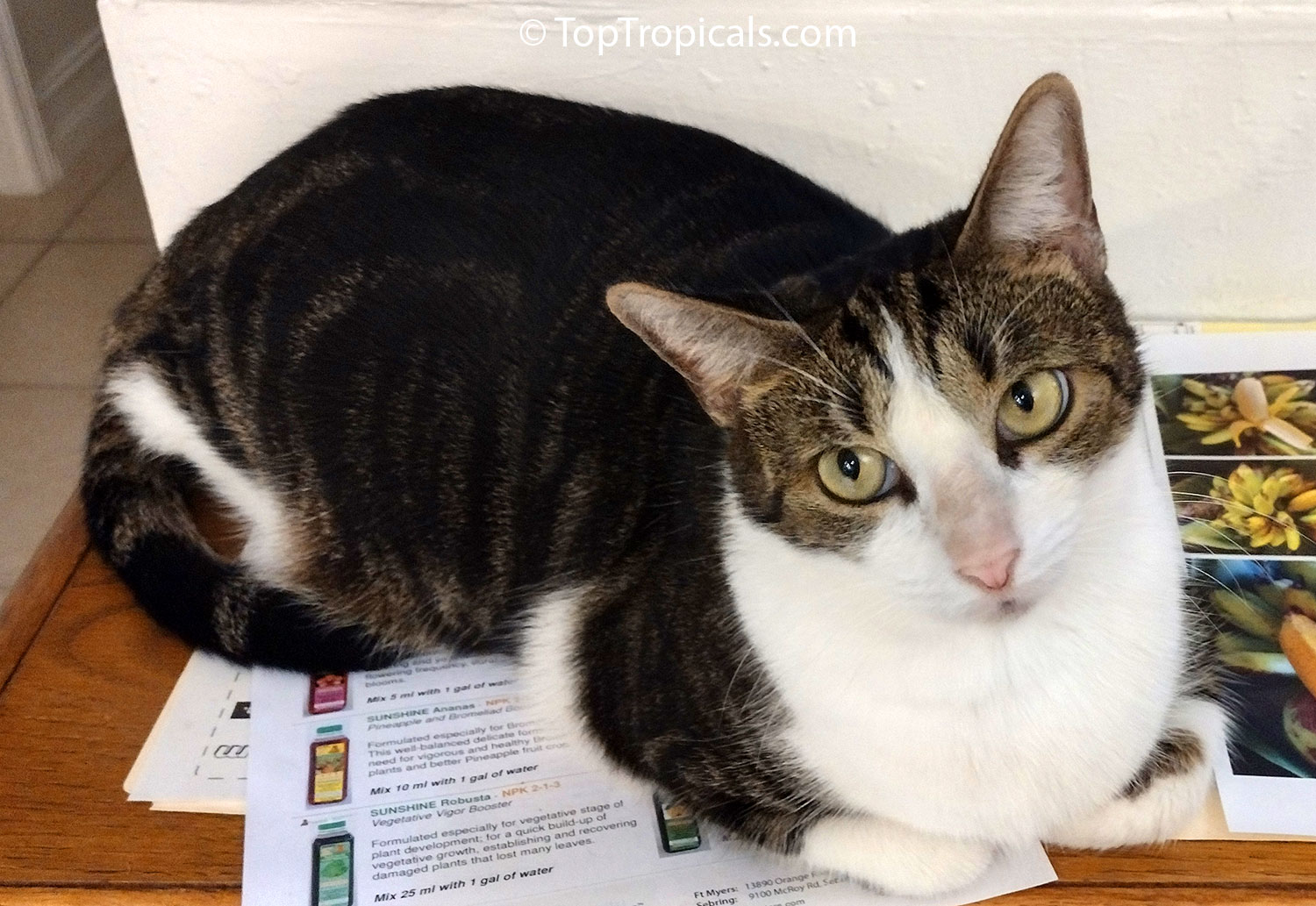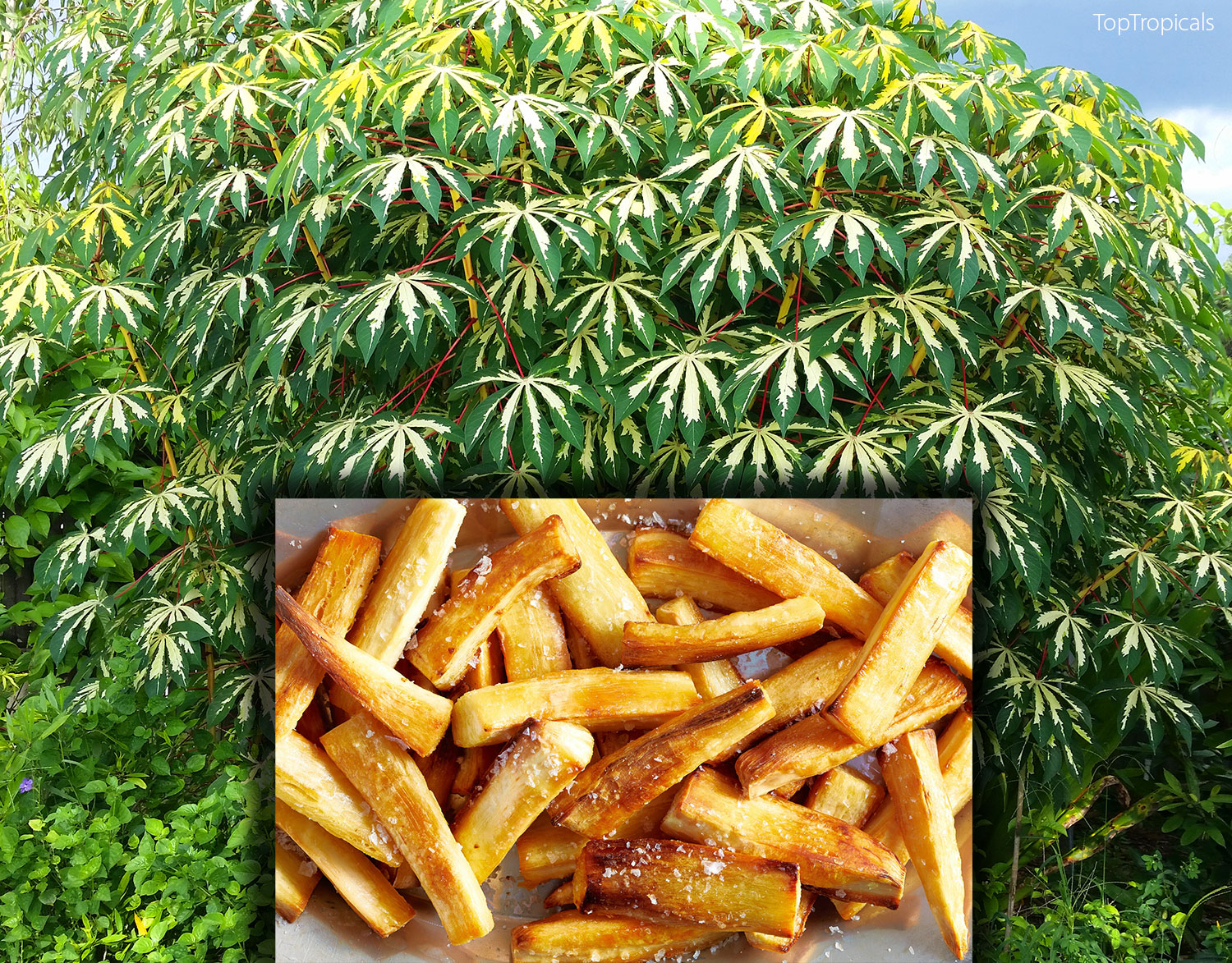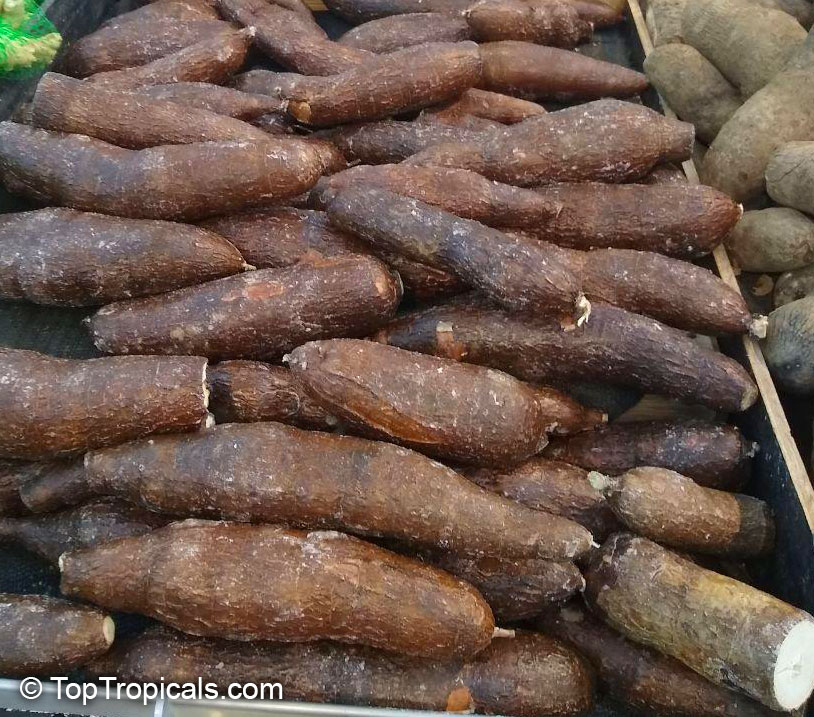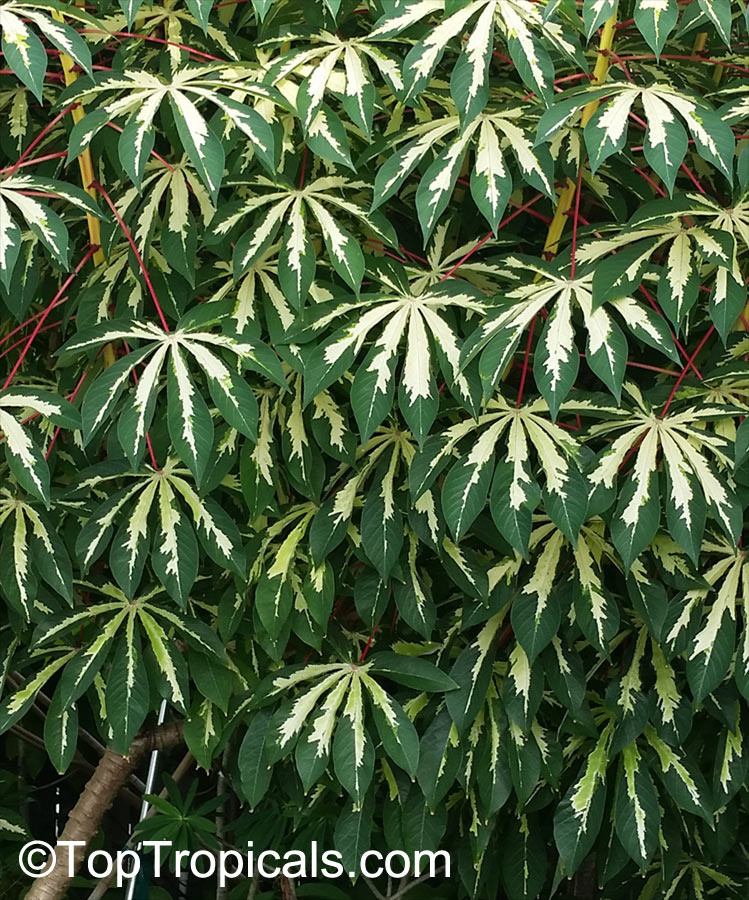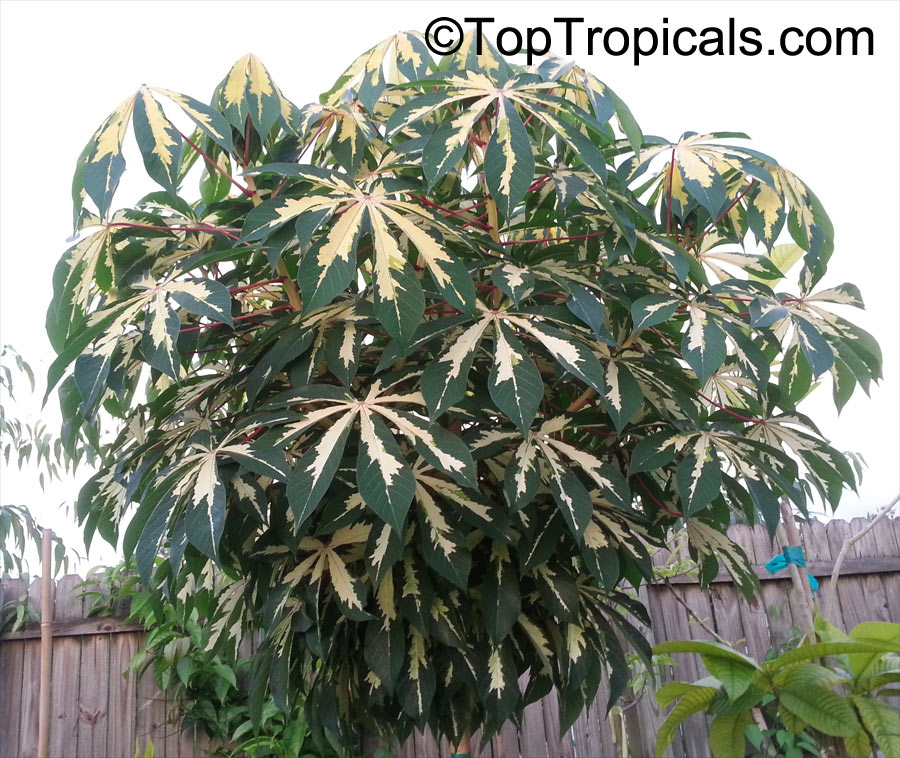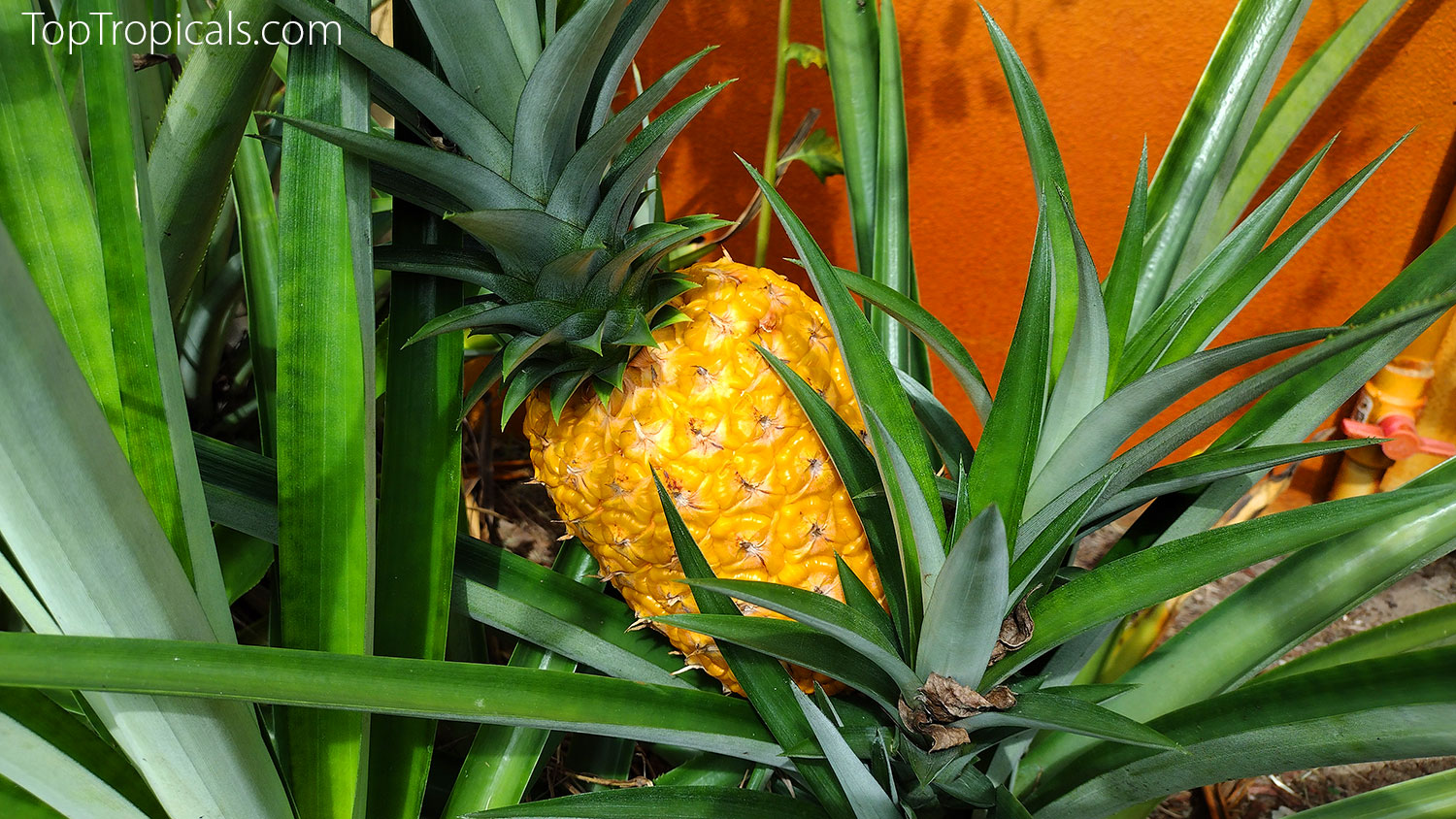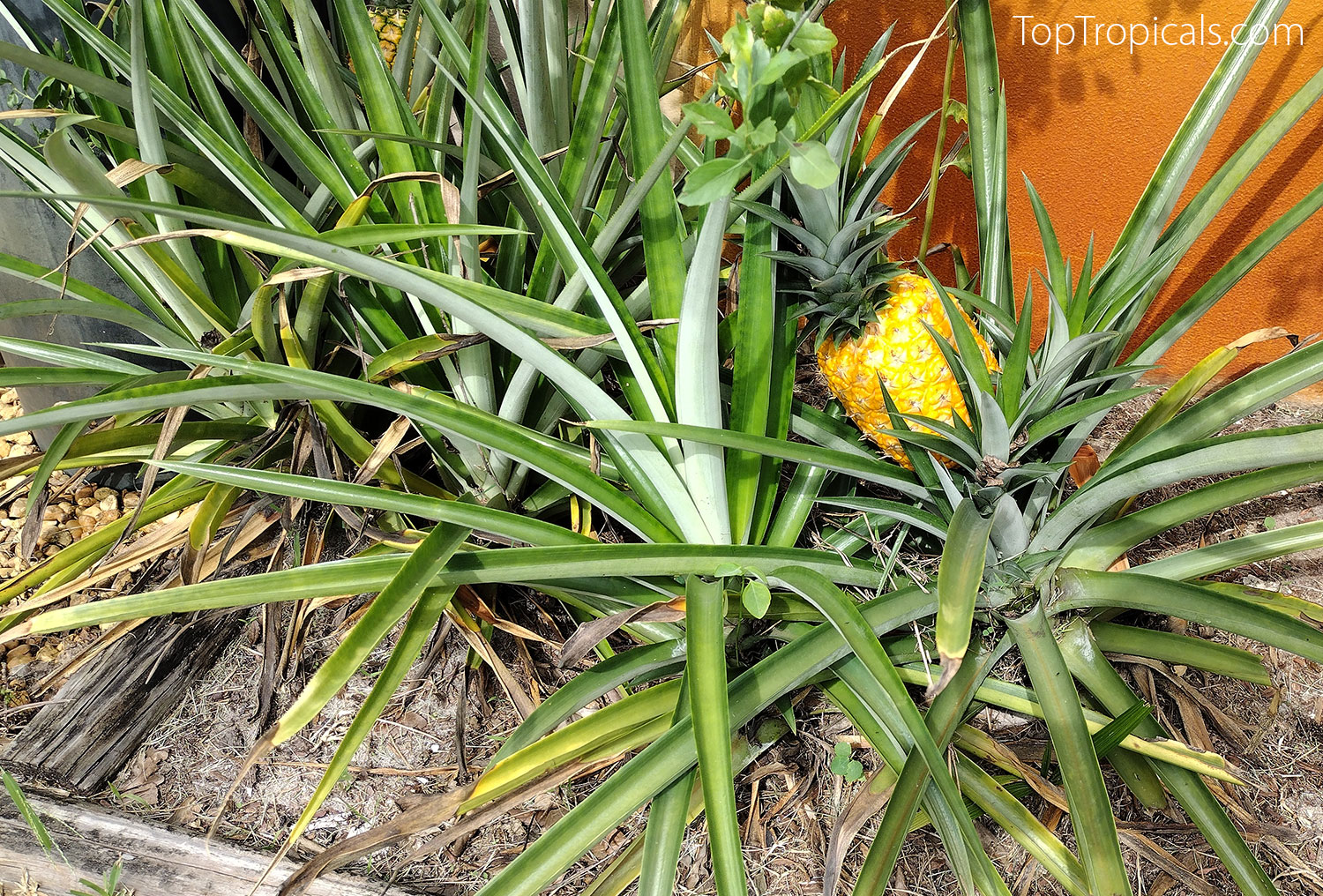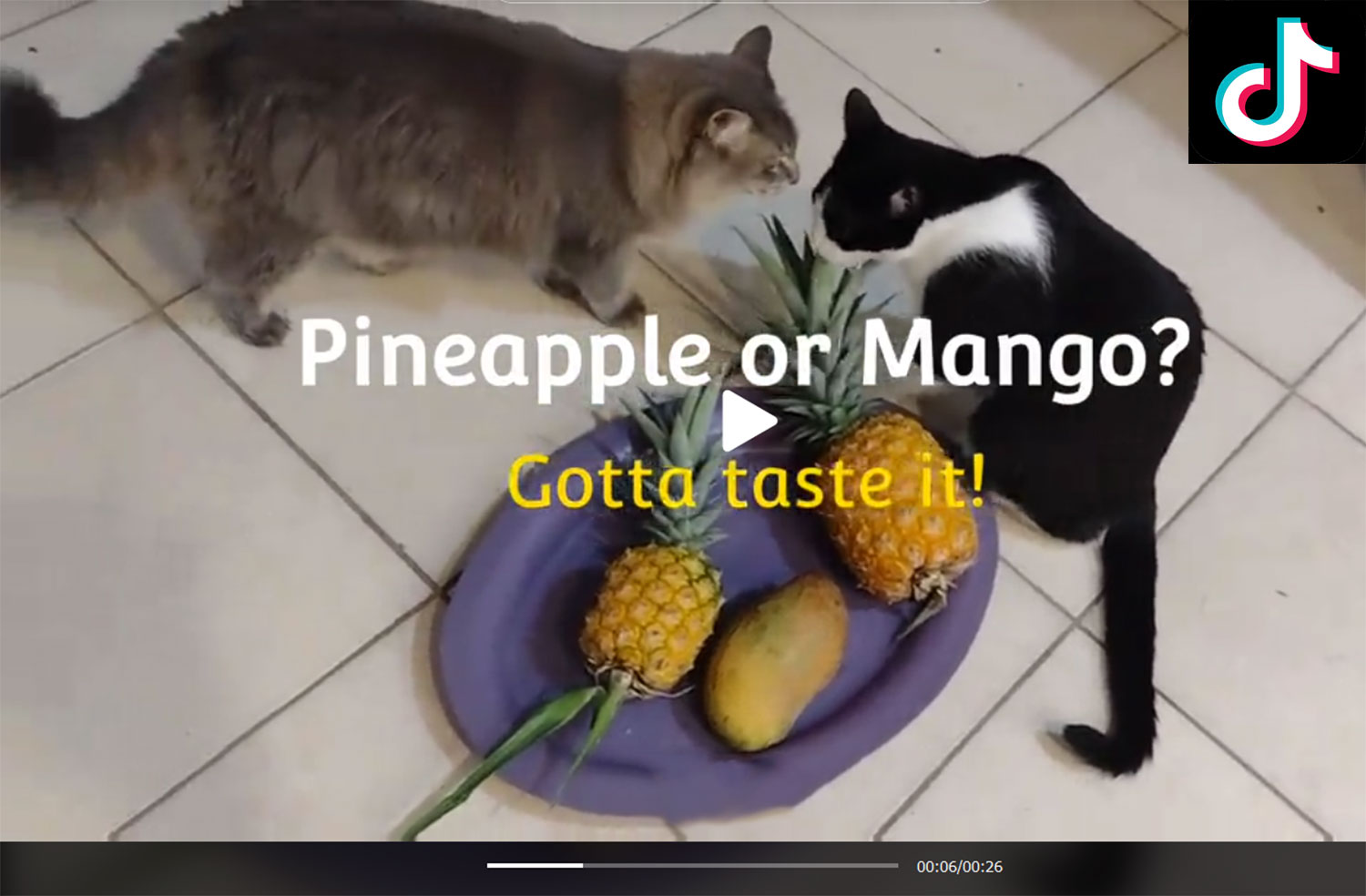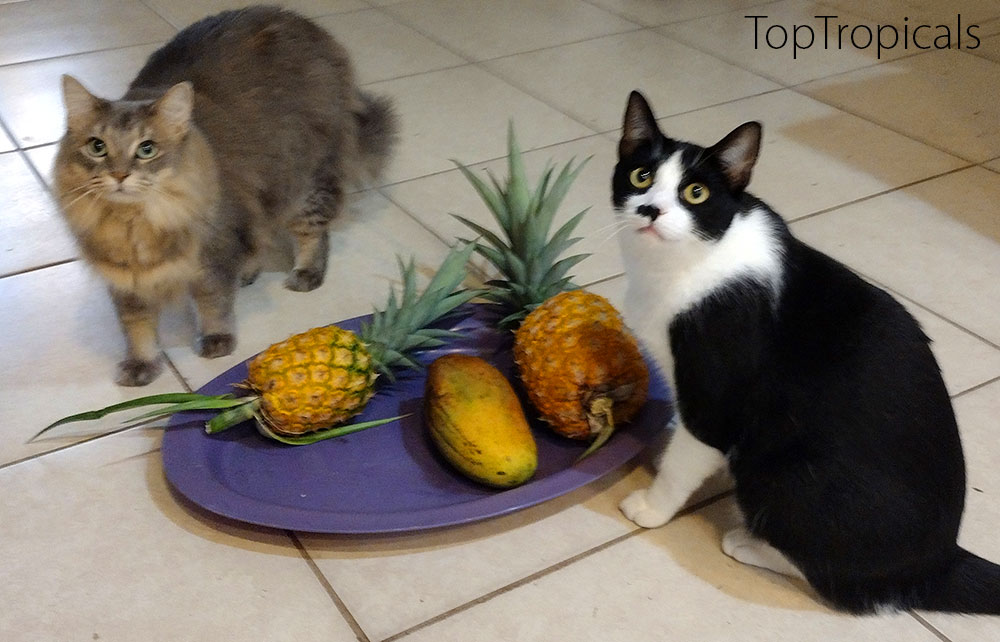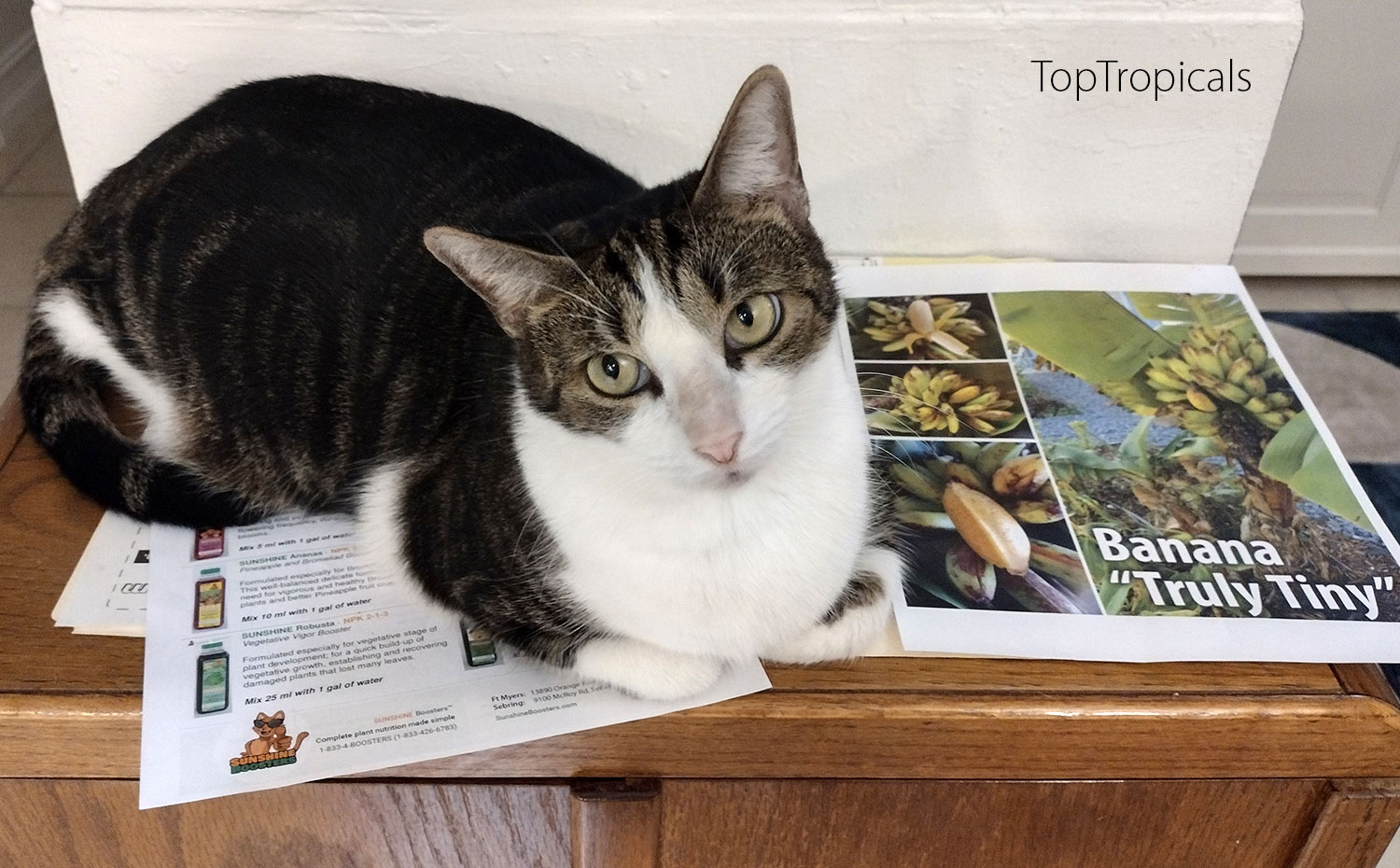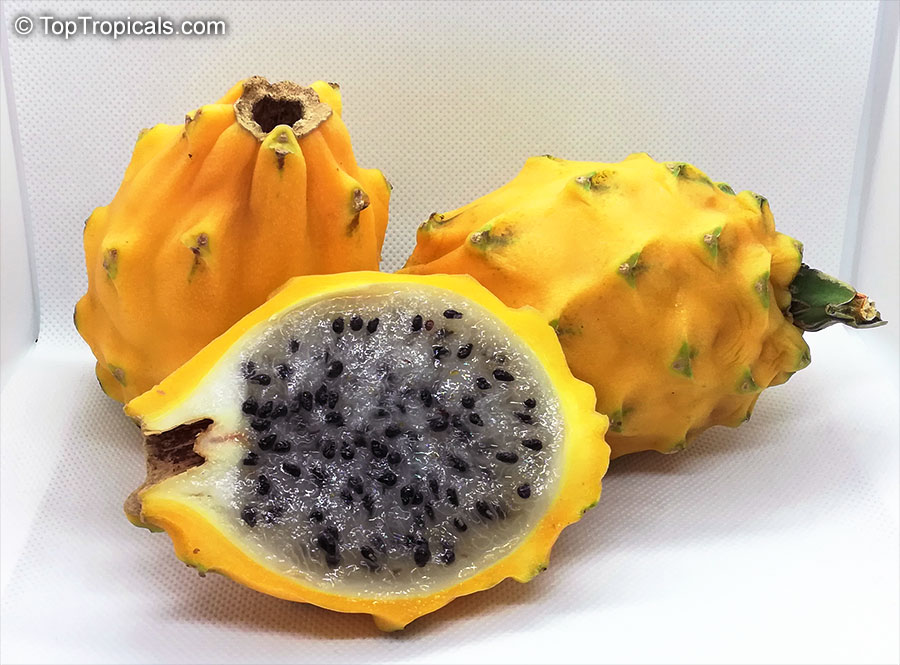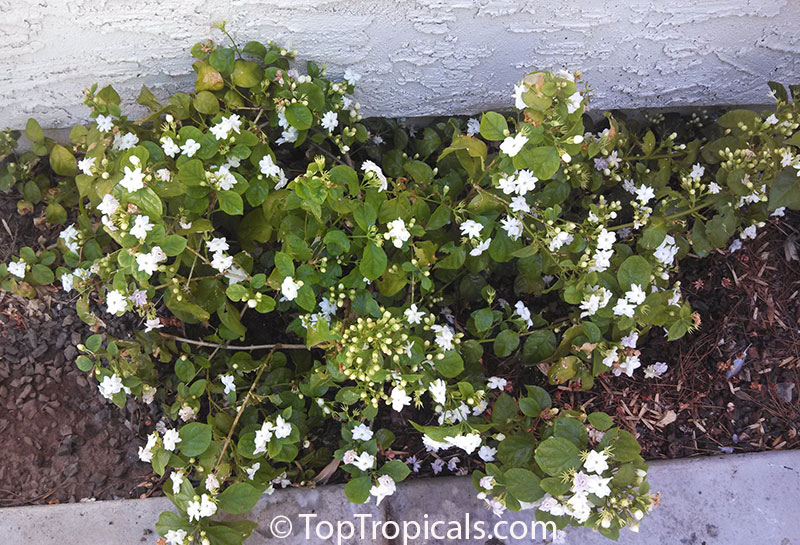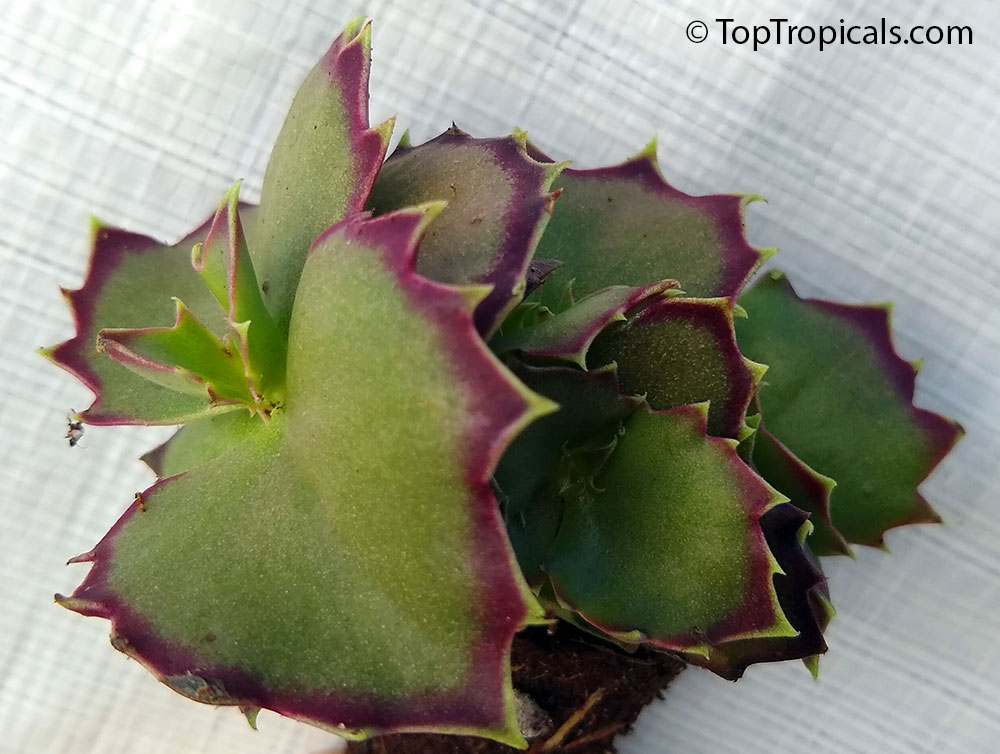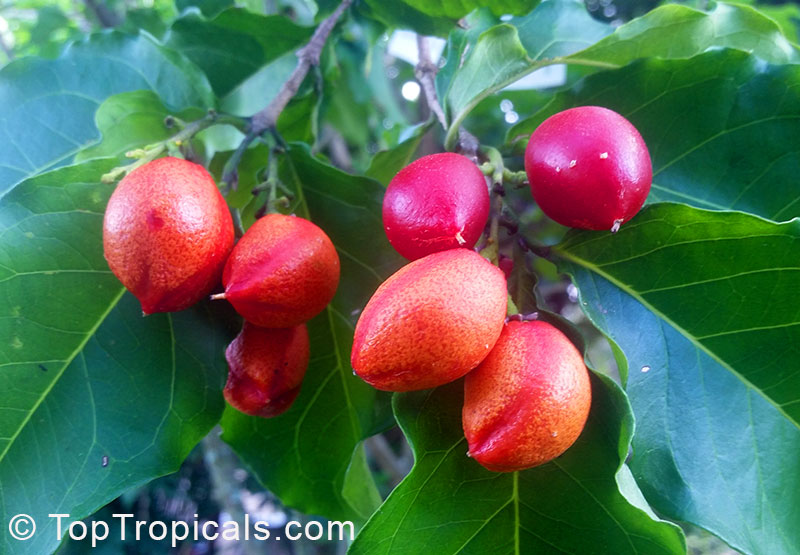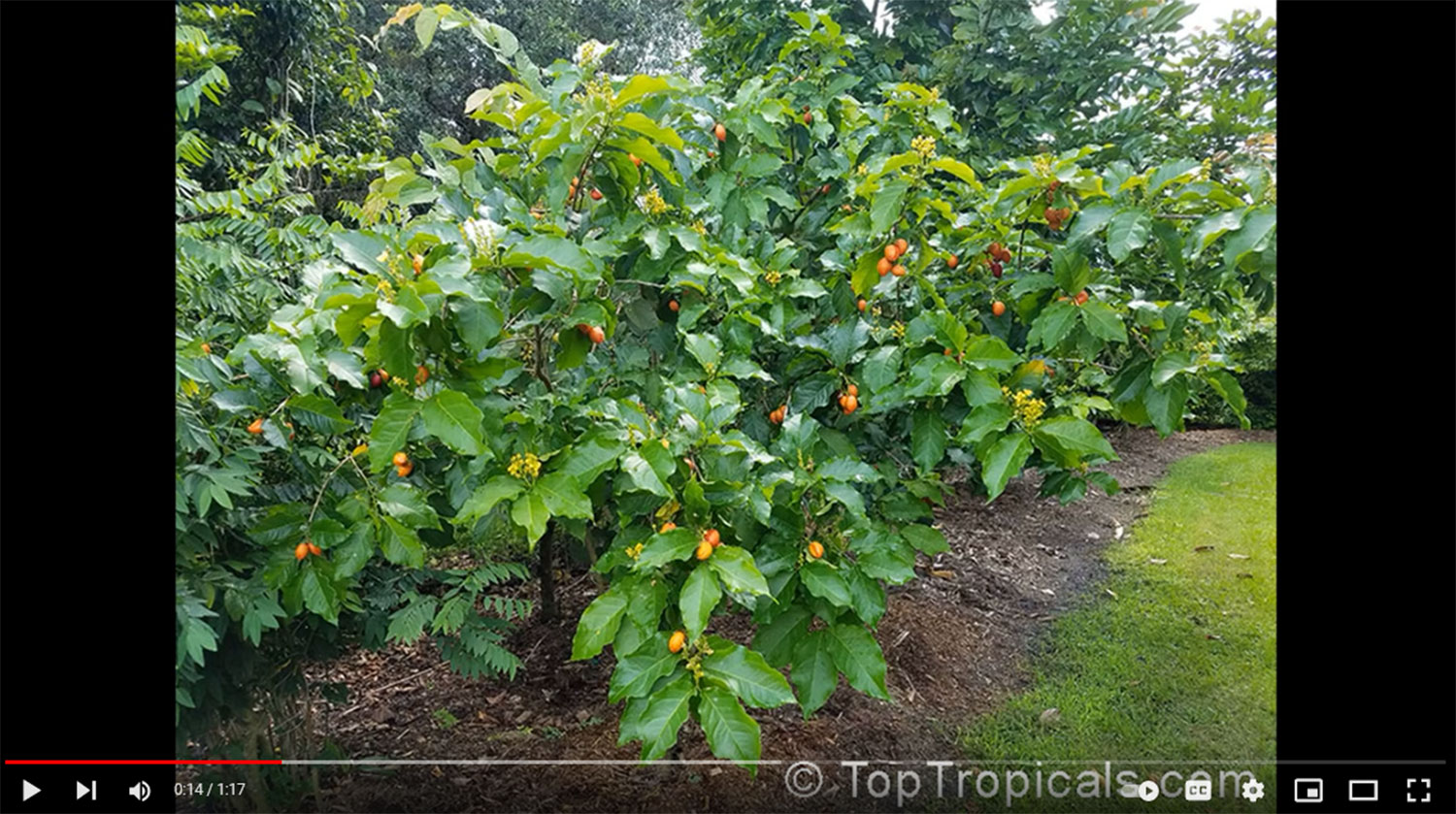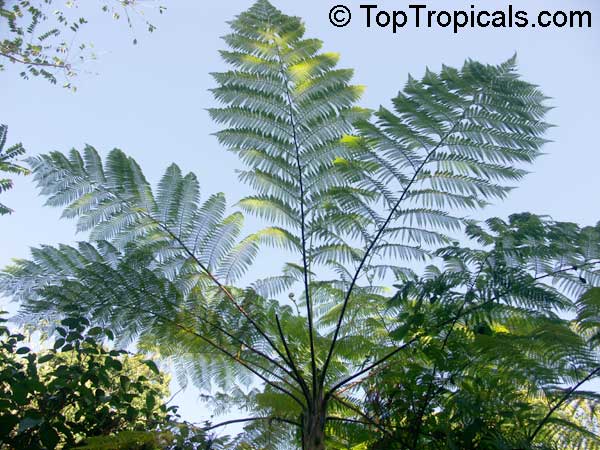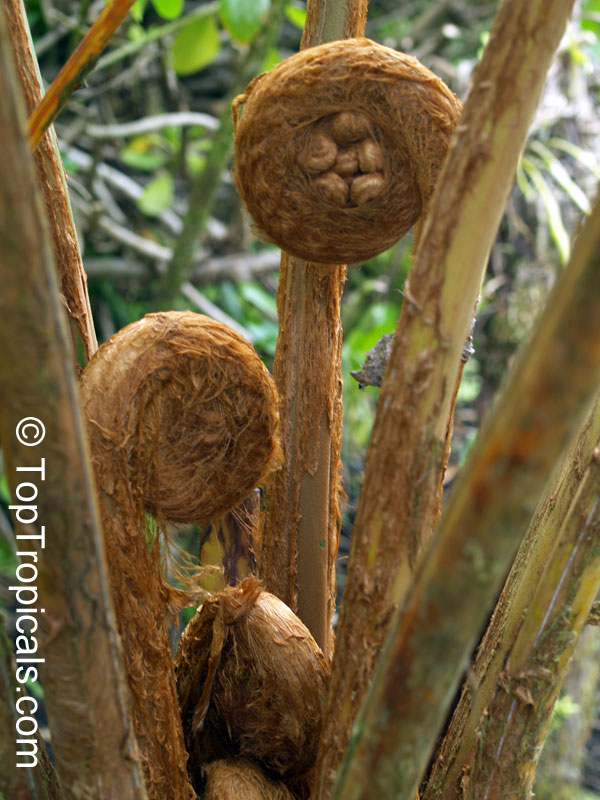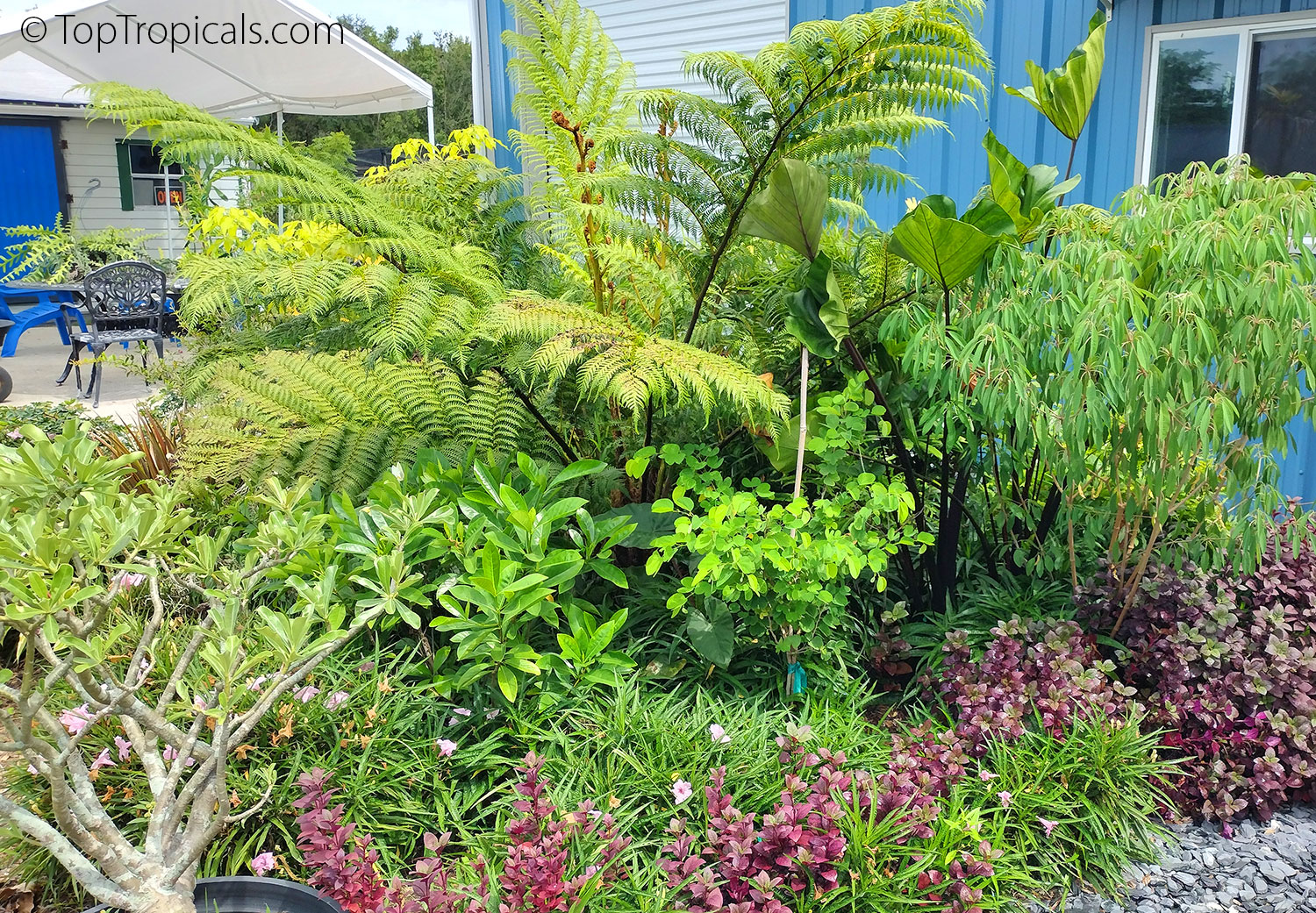Date:
NEW VIDEO:
Senna alata - Empress Candle, Candelabra Plant
Need a fast growing, colorful, exotic looking solution for your garden?
Here it is!
Empress Candle, or
Candelabra Plant - is a true garden wonder. Imagine a plant that grows
fast, almost always in bloom, and covers large spaces with its lush leaves...
Empress Candle has beautiful golden flowers resembling candles. The huge
leaves create nice cool shade for many feet around it which keeps weeds away.
Providing full sun and regular water Empress Candle grows up to 10 ft wide and
6-8 ft tall just in one or two seasons!
Subscribe to our Channel:
Stay updated with TopTropicals Videos by subscribing to our channel at YouTube.com/TopTropicals and get our latest video news of what is fruiting and blooming!
